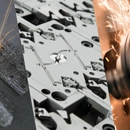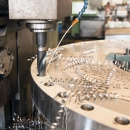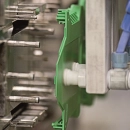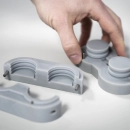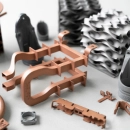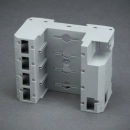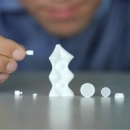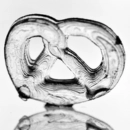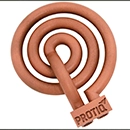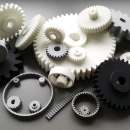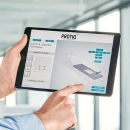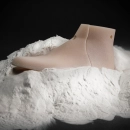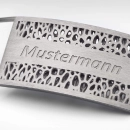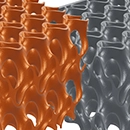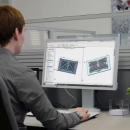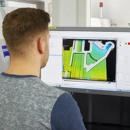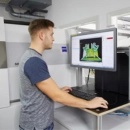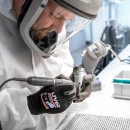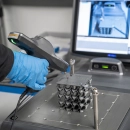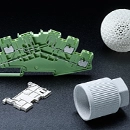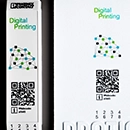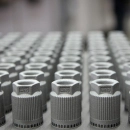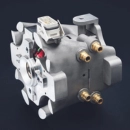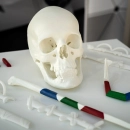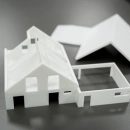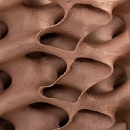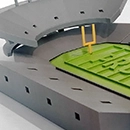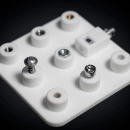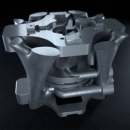Cost per component
Analyzing the cost per part is a key aspect of 3D printing economics that helps companies understand and weigh the financial benefits over traditional manufacturing methods. This consideration includes a variety of factors that influence the total cost of producing a part.
A key factor in the cost calculation is the material used. In 3D printing, material costs can vary depending on whether common plastics or specialized metals and composites are used. Materials with special requirements, such as high-performance plastics or metals, are often more expensive, which has a direct impact on the cost per component. Material efficiency also plays a role - this refers to the ability to reduce material waste and create parts with minimal use of valuable resources.
Another factor is machine cost, which is based on the purchase and maintenance costs of the printer, as well as ongoing energy costs. High-precision or industrial 3D printers have higher costs both to purchase and to operate. However, they offer advantages such as shorter production times and higher quality, which can have a positive impact on profitability in the long term.
The complexity of the part also influences the cost, as detailed and sophisticated designs often require longer printing time and more careful post-processing. These aspects could result in additional labor costs and the need for special technologies to ensure quality requirements are met.
A key advantage of 3D printing is the ability to customize without significant cost increases, especially for small quantities. This can contribute significantly to profitability as the need for costly molding tools is eliminated and changes to the design can be made quickly and without large investments.
Finally, shipping and logistics costs also play a role, especially when 3D printing enables parts to be produced directly on site, reducing dependence on supply chains and thus minimizing additional costs.
Overall, the cost per part with 3D printing can mean both savings and, at first glance, higher investments compared to traditional manufacturing methods. A detailed economic analysis is necessary to ensure that 3D printing is the optimal manufacturing method for a particular product, not only technologically but also from a financial perspective. The combination of 3D printing's flexibility, design freedom and efficient use of resources often results in strong economics, especially for specialized and bespoke manufacturing requirements.



 Deutsch
Deutsch English
English Italiano
Italiano